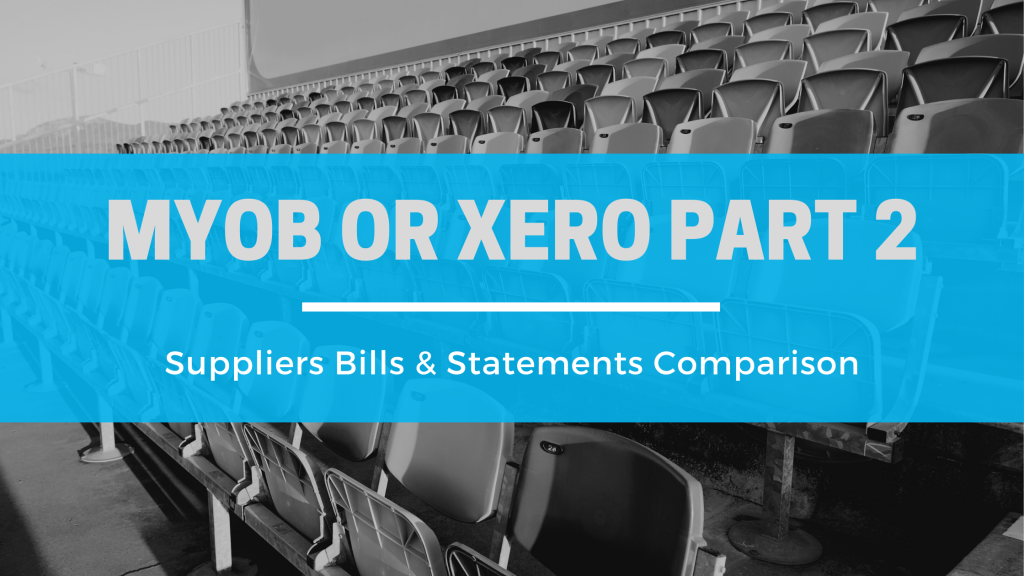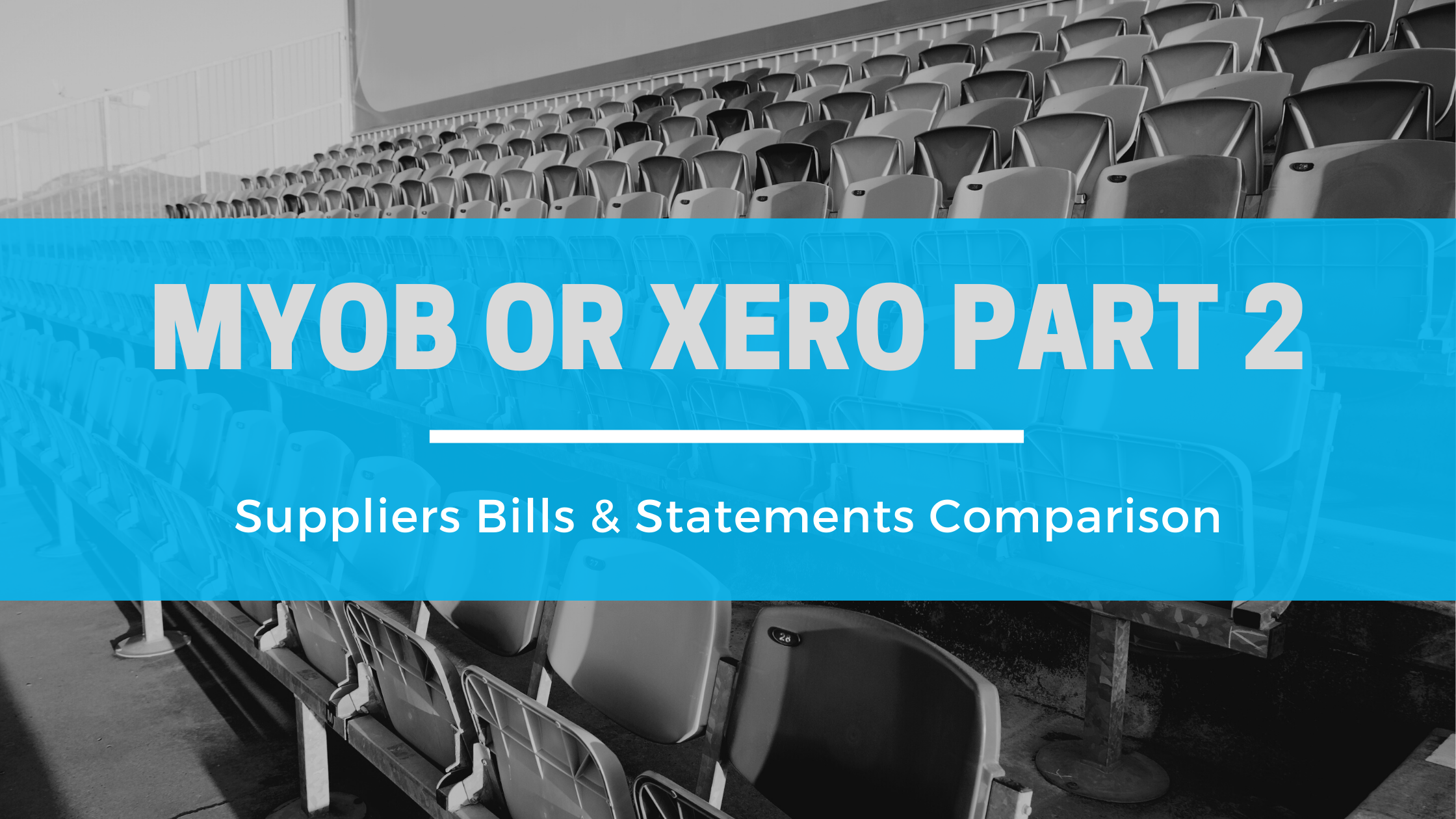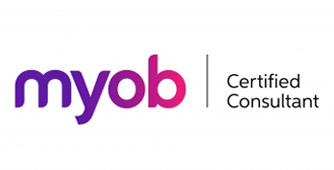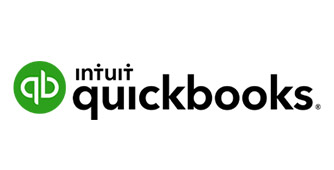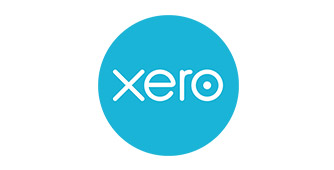MYOB or Xero: which is better for supplier bill transactions and supplier statement reconciliations?
Which is best for your company’s needs; MYOB or Xero?
In this blog I have broken down the FIVE key differences between MYOB and Xero for supplier bill transactions and supplier statement reconciliations, and compared them.
- In Tray & Duplicates
MYOB
You can send bills to the in tray and MYOB will remember some of the details, allowing for efficient and accurate data entry.
One flaw is that MYOB doesn’t always tell you if the invoice is a duplicate; this regularly leads to double ups, which can be confusing further down the line.
Xero
Like MYOB, Xero will remember some of the details, speeding up the process. Additionally, their duplicate warning is far more reliable, giving them a definite advantage.
- Supplier Statements
MYOB
Reconciling a supplier statement is a breeze in MYOB. You can print off the aged payables reconciliation report, leaving out any future payments. This means you are super clear about how much is currently owed to your company.
XERO
You cannot separate the aged payables reconciliation report from any future payments, resulting in you having to manually add up all the outstanding invoices, before subtracting any paid invoices, post statement date.
This creates a lot more work and the potential for confusion.
- Editing A Bill
MYOB
You can edit a bill at any time, without restrictions. This functionality gives you a lot more flexibility.
XERO
You can edit an invoice as long as you haven’t allocated a payment. Once you have, you will need to…
- delete the payment
- edit the invoice
- return to the bank feeds
- reapply the payment
That might not be too much of an inconvenience for just one bill, but imagine if it was part of a bulk or batch payment? Speaking of which…
- Bulk Payments
MYOB
You can’t schedule payments but you can still pay by a bulk transfer using the ABA file (the same as Xero).
If a payment is rejected, you simply find your payment and click on ‘edit and reverse’. Once the reversal is complete, you can match the payment. As you can easily edit your invoices too, it is much easier overall.
XERO
You can schedule bulk payments for specific dates, prepare the bulk payment, edit the amounts and create a file to upload into the bank for quick processing.
This is great, but when a payment is rejected or reversed you have to edit the batch by…
- removing the payment
- entering a new spend money to allocate to a holding account
- creating a new receive money transaction (to match the returned payment)
Talk about overcomplicated!
And don’t forget point three about editing invoices, once a payment has gone through.
If you have a bulk payment, any editing is going to be time consuming, as you will have to follow all of the 7 steps listed above.
Xero does have a find and recode function, but this shouldn’t be needed for just one transaction.
- Taxable Payments Annual Report (TPAR)
MYOB
Reporting taxable payments to contractors in MYOB is easy. You simply go into a supplier card and choose the option to report their payments.
Xero
Xero doesn’t give you the choice to report payments as you go. Instead, at the end of the year you have to choose from the list of options to find these payments.
For example, if you code the payment to an expense account called contractors you can easily pick this up, but if your accounts are more complicated then it might be a lot harder to keep track of.
Another option in Xero is to create a group called TPAR then link this to each supplier.
For those unfamiliar with Xero, they might not be aware that they can do this, so it seems MYOB is more user friendly in this instance.
If you need further bookkeeping advice, or you have any questions, contact us here.
As good as these pieces of accounting software are, they can never replace the bespoke service you get when you employ a professional bookkeeper. Visit our website to see how you can access expert advice and save money in the long-run.
Check out our previous blog to see which is better for bank feeds – MYOB or Xero.

